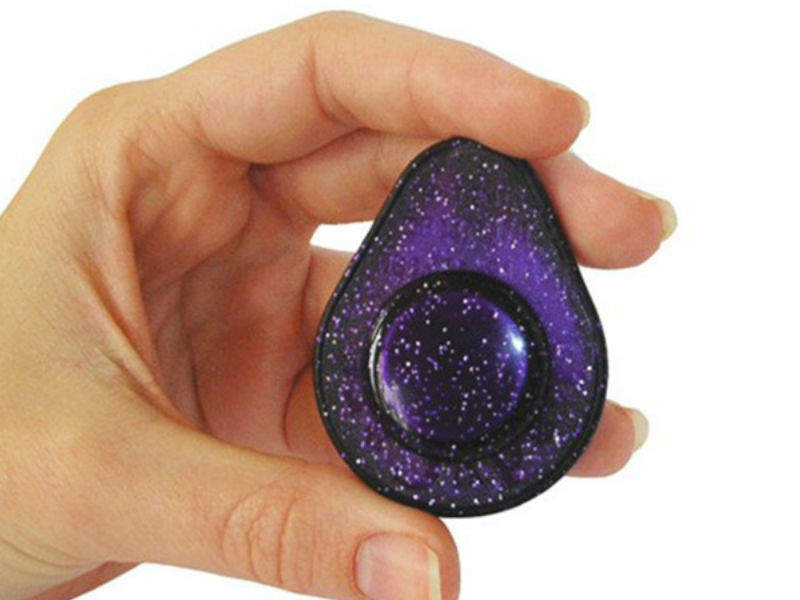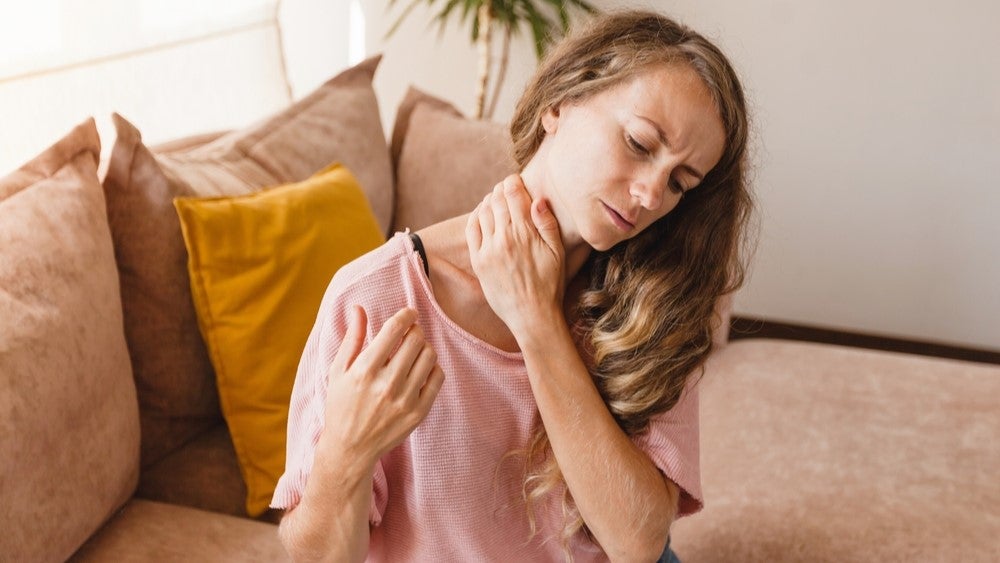
It’s World Menopause Day, the main day during World Menopause Month which is set aside to focus on raising awareness of menopausal symptoms. The UK-based charity International Menopause Society (IMS), along with the World Health Organisation (WHO), designated October as World Menopause Month.
Menopause occurs due to changes in a woman’s hormone levels, mainly a reduction in oestrogen, which causes periods to stop and the ovaries to lose the ability to reproduce. This change in hormone levels is usually a result of ageing but can also be caused by medical procedures, such as a hysterectomy, and some underlying medical conditions, like Addison’s disease.
The NHS says that the average age for the onset of menopause in the UK is 51 but around one in 100 women experience menopause at around 30 years old. This is known as early-onset menopause.
Menopausal symptoms can have a significant impact on daily life. Common symptoms include hot flushes, vaginal dryness, night sweats, insomnia, anxiety and urinary incontinence.
IMS chose 18 October as World Menopause Day to focus campaigns. The theme of World Menopause Day this year is sexual well-being after menopause. Through this theme the society wants to highlight that going through the menopause can cause women to experience sexual problems which can severely impair their relationships, mental health, social functioning and overall quality of life. The ultimate aim of the campaign is to let women know that these issues are treatable.
There are no current treatments that are proven to stall the onset of menopause itself but there are several known treatments for alleviating the symptoms. Therapies for the condition often involve natural remedies and lifestyle changes and a few approved pharmaceutical therapies that help mitigate symptoms. More recently there has been a number of medical devices created with the aim of also providing symptom relief. Below are three medical devices which were designed to relieve menopausal symptoms.
How well do you really know your competitors?
Access the most comprehensive Company Profiles on the market, powered by GlobalData. Save hours of research. Gain competitive edge.

Thank you!
Your download email will arrive shortly
Not ready to buy yet? Download a free sample
We are confident about the unique quality of our Company Profiles. However, we want you to make the most beneficial decision for your business, so we offer a free sample that you can download by submitting the below form
By GlobalDataCooling Pebal device

This summer, UK-based company Cambridge Consultants revealed it had developed the Pebal device, which could provide instant cooling effects and on-demand relief to women suffering from menopause-associated hot flushes. The device has been designed to discharge a small coolant dose onto the internal surface of a metal plate which then generates a cold external surface that can be applied to any part of the body.
Development of this device involved the consultation of menopausal women who wanted a hand-held hot flush solution and said they would prefer drug-free consumer devices. Pebal is a flexible hand-held product and does not require charging.
Credit: Cambridge Consultants.
LadyCare magnet

LadyCare is a company aiming to provide women with natural remedies to their menopausal symptoms. The UK-based company exclusively creates LadyCare and LadyCare Plus magnets, which it says are a natural alternative to hormone replacement therapy (HRT) and says the original LadyCare magnet is a “discreet device, found to reduce menopause symptoms in 71% of cases”.
The magnet is said to work by rebalancing the autonomic nervous system (ANS). According to LadyCare, the ANS is negatively affected during the menopause, which results in symptoms like hot flushes and insomnia. The product has been designed to attach to underwear and is placed just below the navel.
Although many leading consumer health retailers sell the device, such as Boots pharmacies, the effectiveness of the magnets is still disputed.
Credit: LadyCare.
Laser devices

This summer, the US Food and Drug Administration (FDA) warned several companies to stop marketing laser devices for procedures referred to as ‘vaginal rejuvenation’. In recent years, manufacturers have been heavily promoting the lasers for symptoms related to the menopause, in particular for the sexual wellbeing symptoms that World Menopause Day aims to highlight.
Some treatments involve the destruction of vaginal tissue which the manufacturers say can solve some issues such as vaginal dryness and other ailments. The FDA disagrees, despite originally approving the devices. The complete picture of the risks that these laser procedures present is still unknown, but the agency has found cases of vaginal burns, scarring, and constant pain in patients who have had the treatment.
Credit: Alma Surgical.







